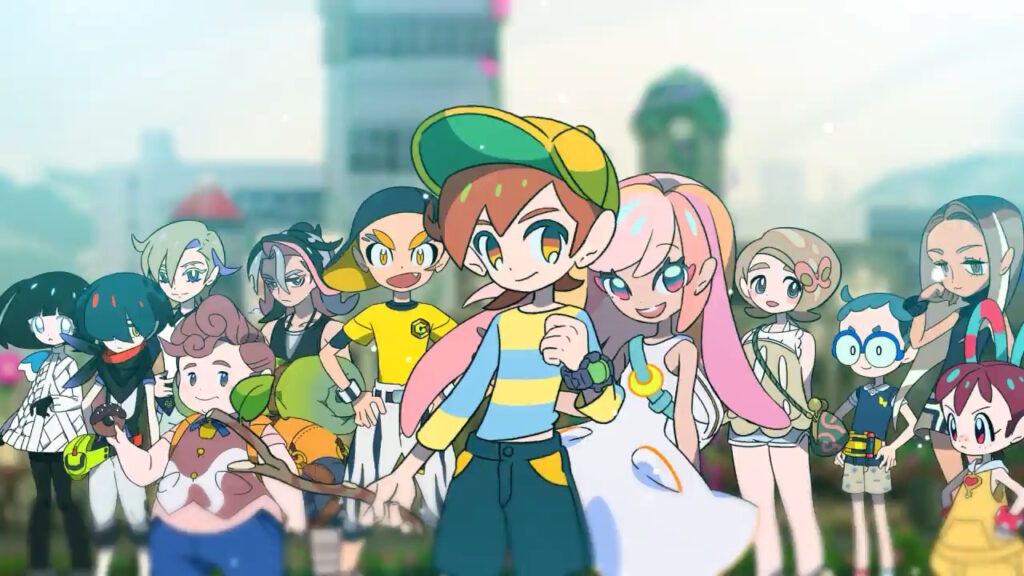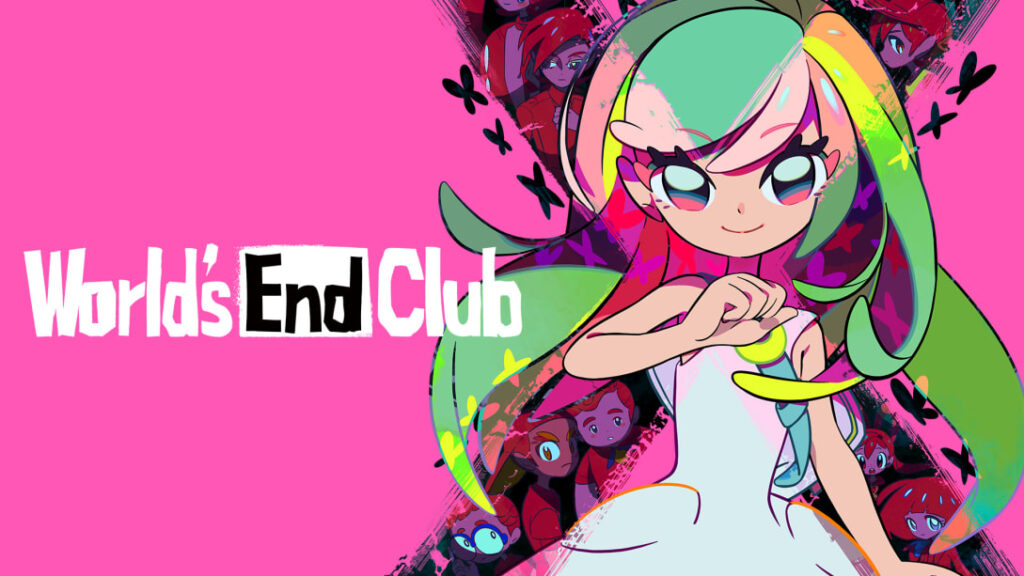
One would expect by this point in the gaming industry we’d realize that writing games by committee is not the way to go. It happens all over modern entertainment. “Let’s run this by a focus group, see what they like, and tweak the product until it suits the group dynamic.” And sometimes, that’s fine. But more and more, we’re getting terrible movies and games out of this process as developers worry more about the Metacritic rating or the response to character designs from focus groups rather than an artistic vision. It brings down the entire gaming community to make things that cater to money over creativity over and over again and the effects are definitely being noticed. More and more AAA games are just the same thing with a different skin and fancier graphics. It’s not a good thing.
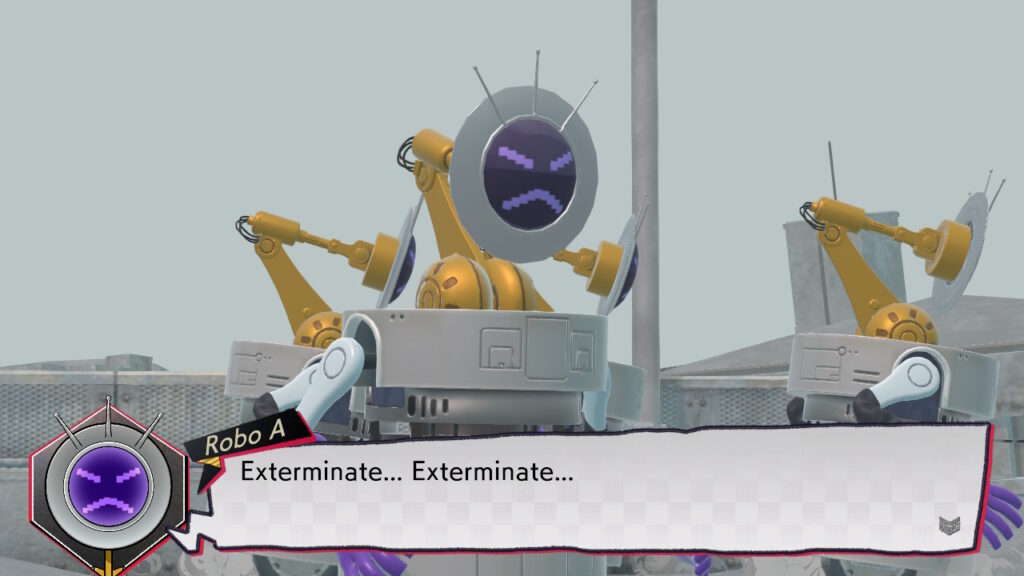
Now, that’s not to say that the recently released World’s End Club from Izanagi Games and NIS America was made by committee. But there are a lot of very strange choices in the game’s design that make the whole product feel less than its potential. That bar was set pretty high when it was announced that the creator of Danganronpa, Katsutaka Kodaka was working with Kutaro Uchikoshi, the mind behind the Zero Escape series to create a joint game. Both series are dark masterpieces of interactive visual novels and the idea of combining those two creative minds was tantalizing indeed.

Then the demo dropped for World’s End Club and it was a clunky, slow-paced mess. But hey, it was a demo. Now that the game’s out however, it’s clear that somewhere in the design process were more than a few missteps. World’s End Club focuses around a group of grade school students on a field trip. You’d never know the oldest was in 6th grade, but hey, Japanese art styles. There’s a disaster while they’re on a school trip together (and coincidentally are all members of the same club and no other students are about) and then wake up in a weird underwater amusement park, invited to play a deadly game of cat and mouse. Sounds good, right? Straight out of a Danganronpa or 999 story. Things are about to get ugly!

Only they don’t. Instead, you have to play some platforming levels and do some incredibly light puzzle solving that really won’t challenge anyone. The platforming isn’t hard either, but the controls are wildly unresponsive and the hit boxes and general design of the platform sequences is painfully slow and tedious. Manage to get through (you will, it isn’t hard) and you’ll be rewarded with a bunch more story. Then the game begins in earnest. World’s End Club mostly consists of a vast array of talking sequences where every club member has to say something, even if it’s pointless. Then there’s more talking, yet more talking, and the occasional action sequence. None of that is a bad thing in and of itself. Visual novels are fantastic.
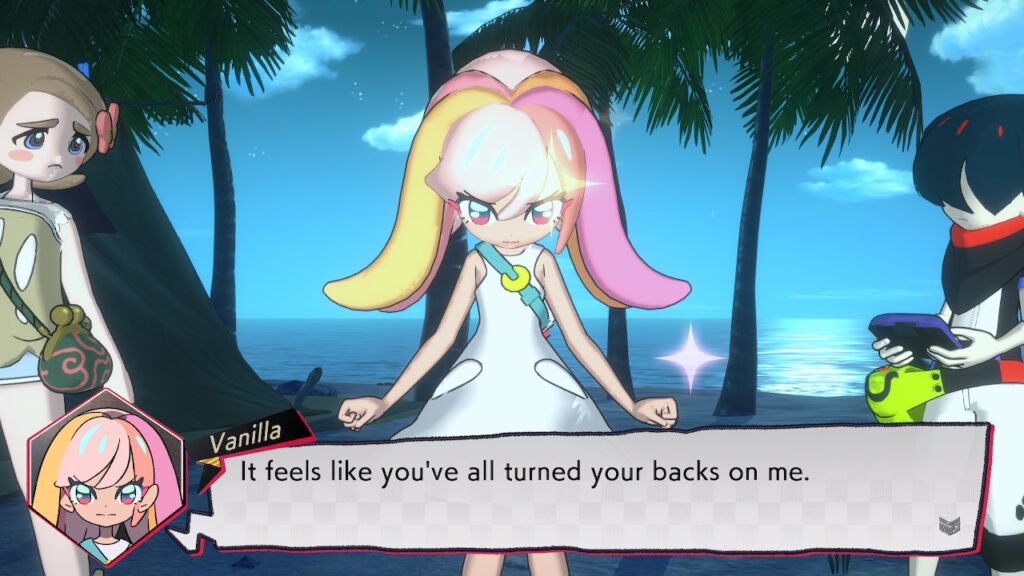
However, the characters in World’s End Club are dull and lifeless, even with all their cartoony wholesomeness and they simply distance the player from everything going on. Add in some long load times, then a bunch of sections where all you do is check in with each of your classmates then skip on the next area and you’ve got a recipe for boredom. There’s more waiting for everyone to talk than is reasonable in World’s End Club and some of the characters are so outrageously ridiculous that it’s downright irritating. There’s no dark, creepy vibe either, with bright upbeat music and even group musical numbers. Yes, you read that right. It’s a weird feel all around, made less engaging by the plodding pace of the storyline, drip-feeding clues to what’s really going on. Rarely does a game that’s maybe 20 hours long feel like it’s 50 or more, but somehow World’s End Club manages just that.
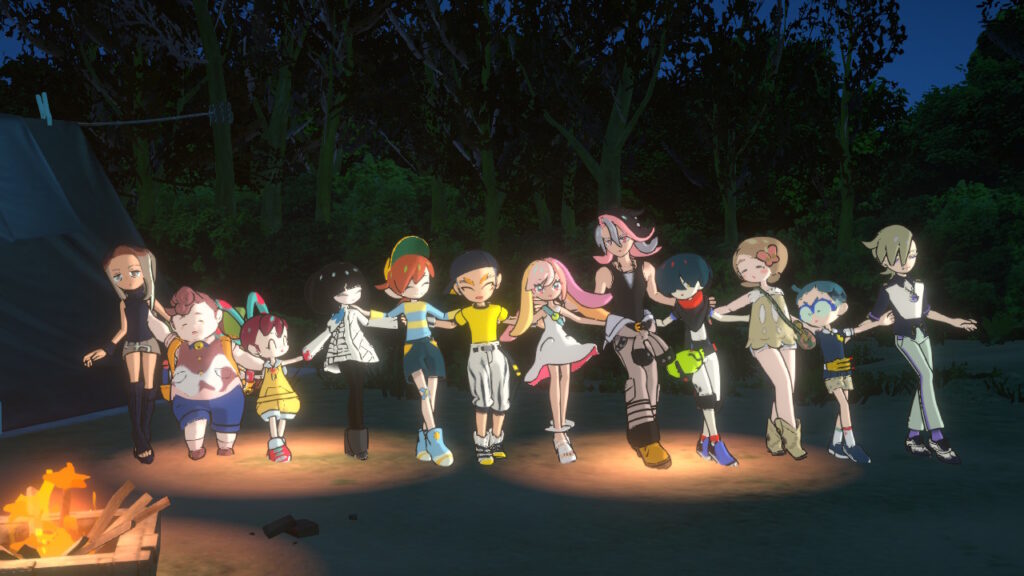
And since we’re talking about the gameplay as well, let’s go there. The gameplay in World’s End Club is simply bad. Not, ‘oh this could be better’ bad either. It’s ‘this is actually offensively boring’ bad. The game manages to commit the cardinal sin of video games, failing to be fun. A weird, offbeat story is fine if your action sequences are fun. Weak action sequences can be balanced out by a decent story sometimes too. But World’s End Club, especially in the platforming, makes SNES era licensed games look good. It’s hard to tell where to jump, response times are viciously slow, and a single enemy contact results in a game over, a load screen and then putting you right back where you were to try again. Game over loses all meaning and you’re just irritated waiting for the loading until you figure out what you did wrong or where the rather ridiculous hitboxes are. Empty play areas with limited items and set pieces also make action sequences even more tedious. It can be done, but you won’t have fun doing it. Bosses are just as bad, with stupidly simplistic patterns that lack any realistic degree of challenge. Why bother? What’s the point? This is why World’s End Club feels like it could have been designed by a focus group.

There’s no sense harping further about the action. It’s horrendous. You get it. But the plot leaves so much to be desired as well that it’s downright frustrating. Just when you think you’re getting somewhere and about to beat the game, you get a curveball and the game ends abruptly, forcing you to take a branching pathway from the map screen to find the true ending. Yes, there’s a map screen, yes, it has to load as well, and yes it is also irritating. Normally, it would be uncool to mention something like the true ending in a review, but it reveals another problem with World’s End Club. The game leads you by the nose all the way through so that there’s no possible way that you can do anything other than you end up doing. Sure, you can choose which way to go in certain areas, but you’re forced to go back to them later or make different choices, eliminating any self-determination you may have had. This is yet another way the game sucks every bit of fun away from the player. And when you do go back, you have to re-watch each tedious conversation and discussion with no fast-forward option standard to other visual novel-style games.

By the time you do manage to get to all the big reveals at the end of the game, you won’t give a crap about most of the characters, you’re just button pressing to zip through dialogue and trying to get it over with. That’s a shame because the voice acting is outstanding and the character design and background work are great too. This is a nice looking game with an amazing localization cast, entirely restrained by the quality of the product they worked on. Style-wise, World’s End Club is fantastic, aside from the musical choices that may make you want to drive pencils through your eardrums with their bouncy repetition (DO NOT do this). Unfortunately, the game manages to ruin the design work by making every single segment of the game seem happy, carefree and pointless, as well as inserting a wide variety of weird discussions that are wildly off-base for grade school kids.
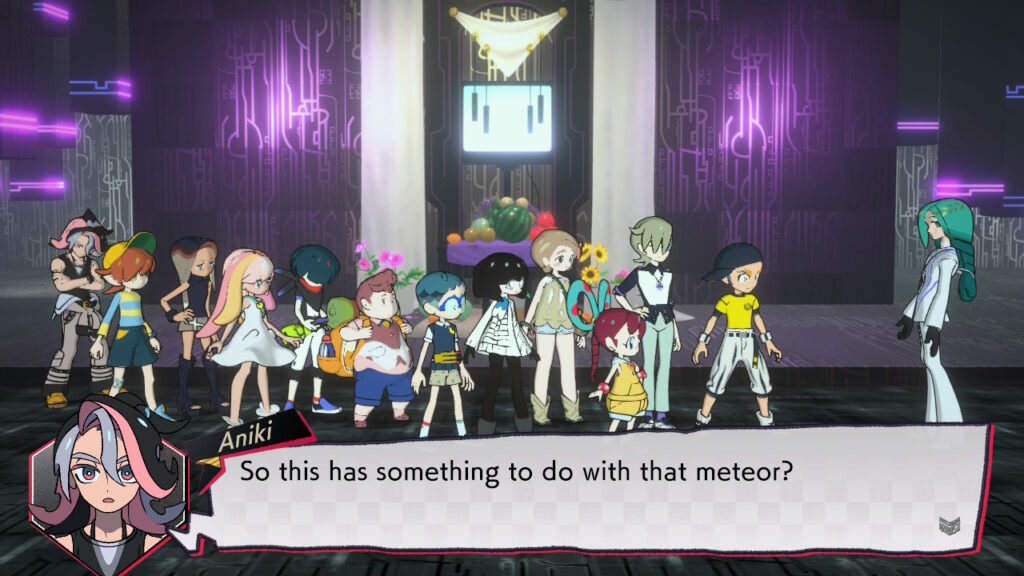
World’s End Club isn’t a long game, but the plodding pace, irreverent dialogue, and atrocious platforming make it feel like the gaming equivalent of being buried to death one spoonful of dirt at a time. Add in some bad Switch optimization and a ton of loading transitions and instead of a sleeper hit, you’ve simply got a snoozefest. This should have been a dark cartoonish masterpiece, and instead, it ended up on the same level as an entire game of Fast and Furious meme images, irritating and overstaying its welcome. Rarely is a game from this caliber of developer simply entirely not fun, but World’s End Club managed it somehow. It’s a shame because the bones of a truly great experience were there the whole time, but none of it manages to coalesce and you’re left with a hollow, unfulfilling experience. If you’re absolutely bonkers for the devs (which is fair because they’re awesome) or really want see for yourself, go pick up World’s End Club. But for the rest of you visual novel fans, horror fans, and platformer players, this is one club that’s definitely not worth joining.
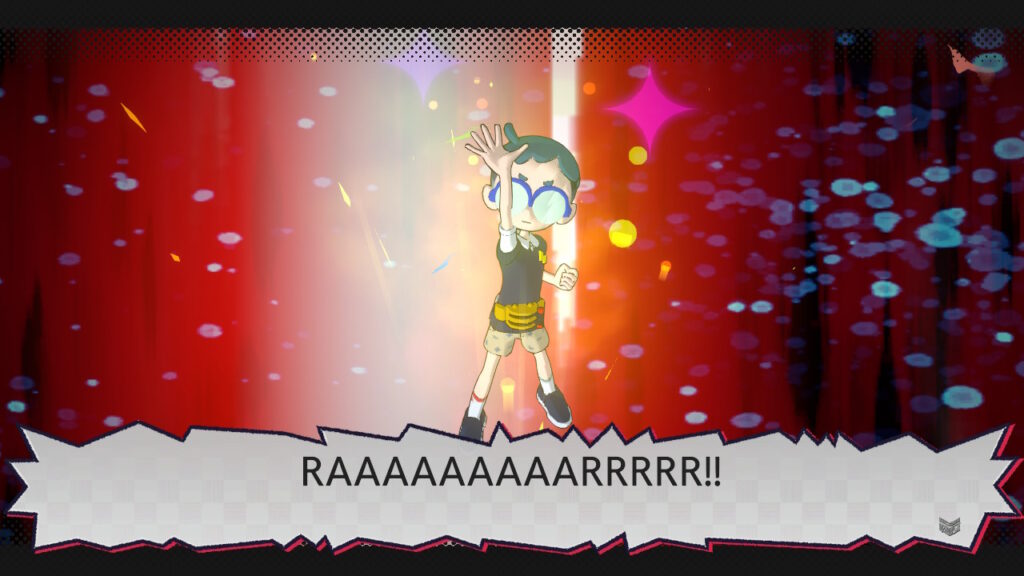
This review was based on a digital copy of World’s End Club provided by the publisher. It was played on a Nintendo Switch in both docked and undocked modes and played equally on both. World’s End Club is also available on Apple Arcade. All screenshots are of actual gameplay.
